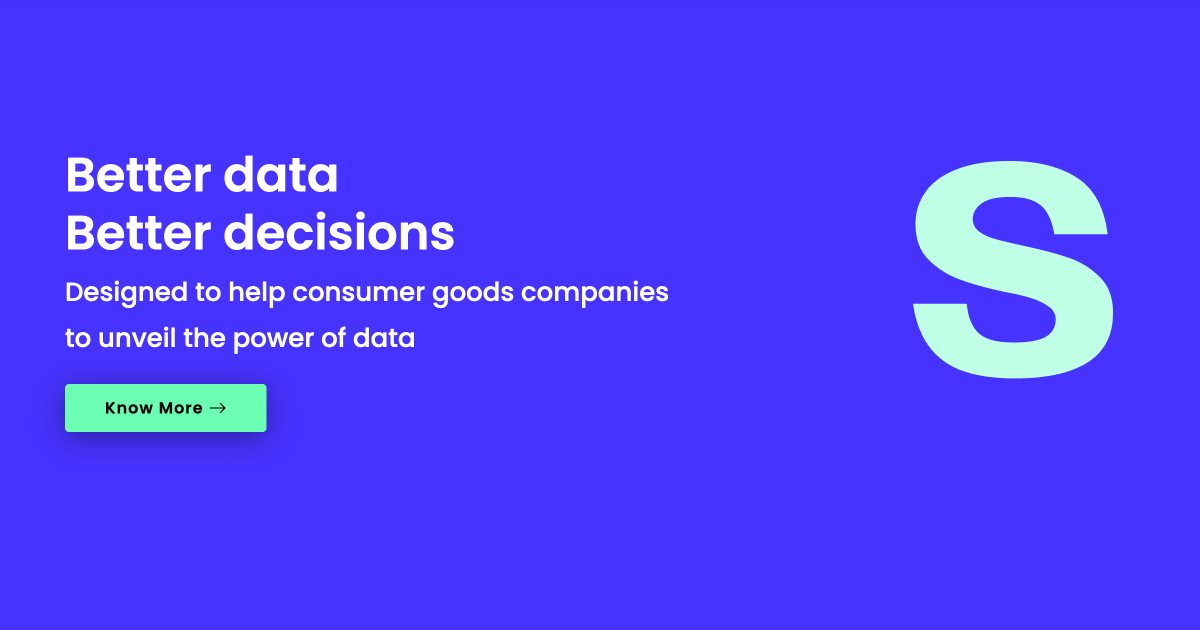
Why Having Multiple Forecast Versions is Crucial for Business Success
Forecasting is an essential tool for planning and decision-making in any business. However, relying on a single forecast version can be risky, especially in dynamic industries where market conditions change rapidly. Having multiple forecast versions allows companies to prepare for different scenarios, enhance accuracy, and improve agility.
The Need for Multiple Forecast Versions
-
Managing Uncertainty
Markets are unpredictable, influenced by external factors like economic shifts, competitor actions, and consumer behavior. By creating multiple versions of a forecast—such as best-case, worst-case, and expected-case scenarios—businesses can anticipate potential challenges and adjust their strategies accordingly.
-
Scenario Planning
Different business decisions require different perspectives. A finance team might need a conservative forecast for budgeting, while a sales team may work with a more optimistic projection to set targets. Having multiple versions ensures that various stakeholders can operate within relevant parameters without conflicting insights.
-
Improved Decision-Making
When leadership is presented with multiple forecast versions, they can make more informed choices based on a range of potential outcomes. This reduces the reliance on guesswork and promotes data-driven decision-making.
-
Enhanced Risk Management
Businesses that operate with only one forecast version may struggle to adapt to sudden disruptions. Multiple versions allow organizations to identify risks early and develop contingency plans, ensuring business continuity even in volatile conditions.
-
Flexibility and Adaptability
Consumer demand, supply chain constraints, and competitive pressures fluctuate regularly. With multiple forecast versions, companies can pivot quickly, reallocating resources to areas with higher potential returns while avoiding unnecessary losses.
Types of Forecast Versions
- Baseline Forecast – Represents the most likely scenario based on historical trends and current market conditions.
- Optimistic Forecast – Assumes favorable market conditions, strong demand, and positive economic factors.
- Pessimistic Forecast – Incorporates worst-case scenarios such as economic downturns, supply chain disruptions, or unexpected industry changes.
- Rolling Forecast – Continuously updated based on real-time data to reflect recent trends and external influences.
- Stretch Forecast – A more aggressive projection designed to motivate teams to exceed expectations.
Best Practices for Managing Multiple Forecast Versions
- Use Advanced Analytics: Leverage AI and machine learning to generate scenario-based forecasts with real-time updates.
- Align Across Departments: Ensure that finance, sales, operations, and supply chain teams collaborate to create coherent and practical forecast versions.
- Regularly Update Forecasts: Market conditions evolve, so revisiting and refining forecasts ensures they remain relevant.
- Monitor Key Assumptions: Clearly define the assumptions behind each version to ensure transparency and consistency in decision-making.
Conclusion
A single forecast version may provide direction, but multiple forecast versions empower businesses with agility, resilience, and strategic foresight. By incorporating different perspectives and preparing for various market conditions, companies can improve decision-making, mitigate risks, and position themselves for long-term success.








